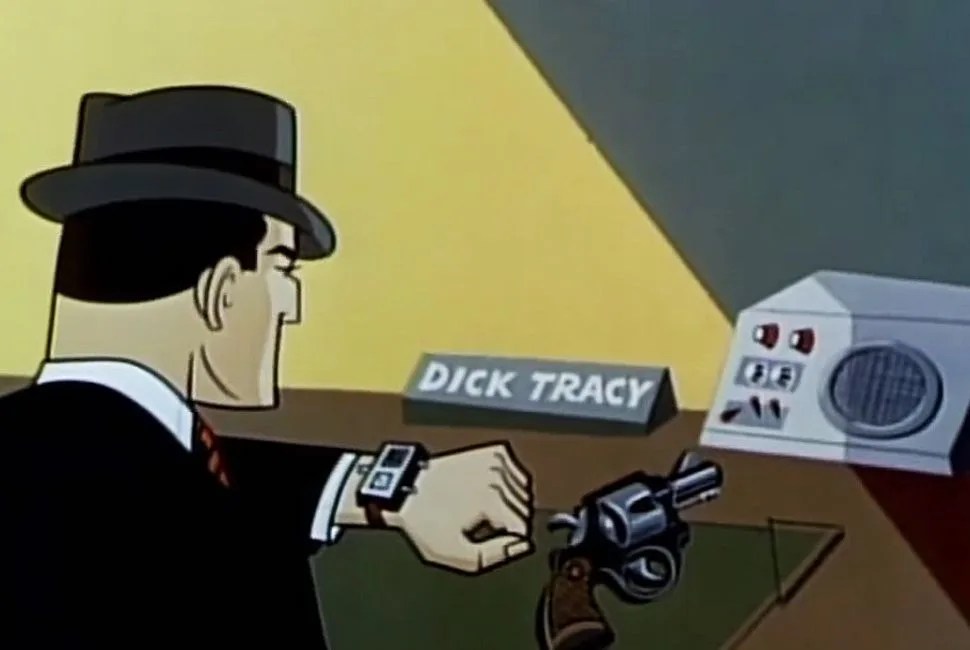☲☰CRYPTED
Editor’s Note: For most of us, the wide world of technology is a wormhole of dubious trends with a side of jargon soup. If it’s not a bombardment of startups and tech trends (minimum viable product, Big Data, billion dollar IPO!) then it’s unrelenting feature mongering (Smart Everything! Siri!). What’s a level-headed guy with a few bucks in his pocket supposed to do? We’ve got an answer, and it’s not a ⌘+Option+Esc. Welcome to Decrypted, a new weekly commentary about tech’s place in the real world. Writer Darren Murph, the former Managing Editor of Engadget and a Guinness World Record holder for number of blog posts published, will spend some weeks demystifying and others criticizing, but it’ll all be in plain english. So take off your headphones, settle in for something longer than 140 characters and prepare to wise up.
If you ask an analyst or an optimistic industry executive, they’ll probably tell you that the potential upside to wearables is similar to that of the smartphone. This has sparked a marketing push that’s positioning wearables as the next must-have item. In a sense, producers of wearables are trying to convince you that they’re something you can’t possibly live without…. something like your smartphone.
Chances are, however, you can.
Unlike a smartphone, which is fancy wording for a potent computer inside of your pocket, the current and impending wave of wearables aren’t likely to pack the kind of processing power necessary to replace something like a laptop. While flashy and buzzy, wearables have very real limits. There’s nothing wrong with aspiring to be Dick Tracy — in fact, there’s a lot right with that aspiration — but let’s take a look at what really matters in wearables before you preemptively decide that you’re buying one.
The Facts: The wrist-worn wearables that are already on the market (Pebble, LG G Watch and Samsung Gear 2, most notably) are novel devices that no doubt serve to spark conversation. Particularly when paired with an Android handset, they’re able to do one thing really well: ingest notifications that would normally hit your phone’s screen, and then display them to you in a far more convenient location. If you’re the king of FOMO, and you can’t bear the thought of missing a notification, a smartwatch would be a wise investment. Vibrations abound whenever you receive a new email, Twitter notification, or Facebook mention. Usually, smartwatches can be highly customized to notify you only when certain apps want to touch base. Plus, Google Now works exceptionally well on the wrist, giving you an instant, unmissable notification when it’s time to leave for your next meeting or if your favorite team just clinched a playoff berth.
A few wearables also pack a smattering of fitness sensors, which track your steps and perhaps even your heart rate. What you won’t hear is that this data isn’t exactly trustworthy. The most accurate heart rate sensors still need to be strapped tightly to your chest; when you use wrist data, some information is inevitably lost. That’s no big deal for casual users, but hardcore fitness junkies aren’t going to be able to glean much from what’s out there.
Finally, you can indeed take calls on your wrist by way of an included Bluetooth speaker and microphone, but somehow, this looks even more awkward than using a Bluetooth earpiece. Talking on your smartwatch is the new taking a photo with a tablet. Just…don’t.
